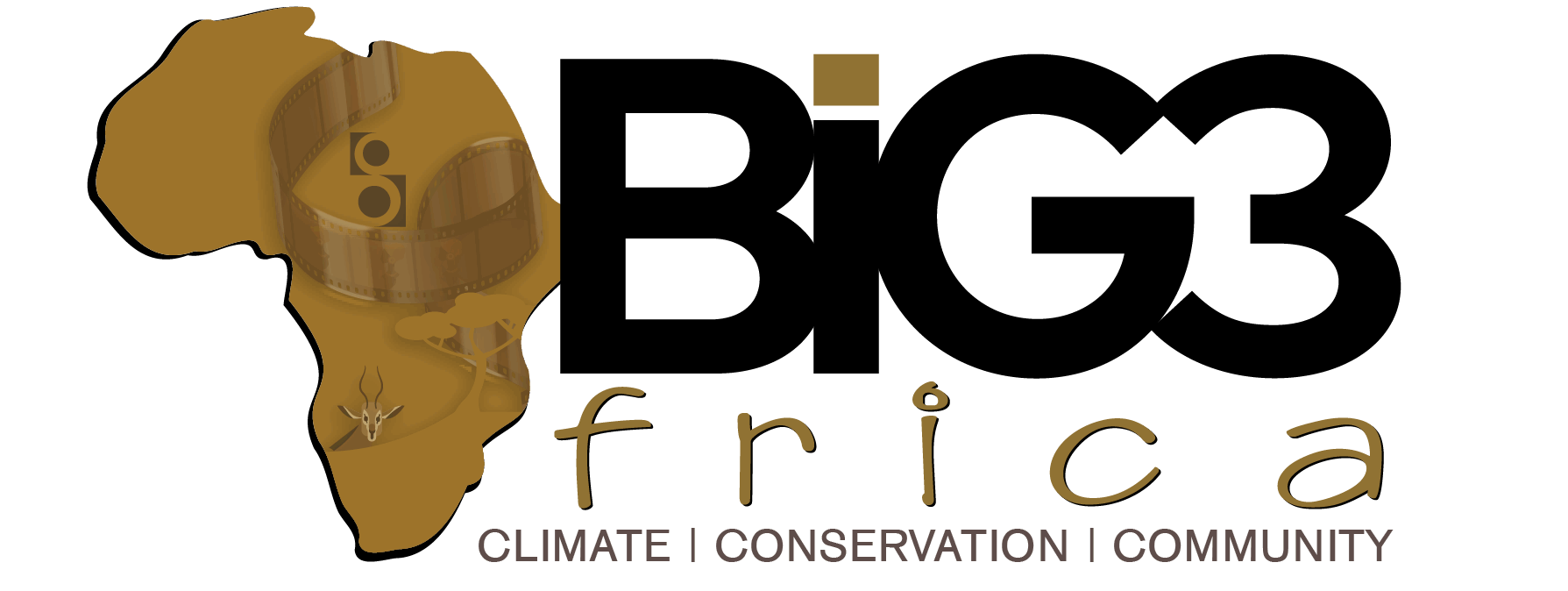By Dan Kaburu
Baringo County: A Struggle to Restore Degraded Lands
Baringo County, located in Kenya’s Rift Valley, is renowned for its stunning landscapes and a collection of remarkable lakes, including the world-famous Lake Bogoria. Millions of flamingoes are found here, making it one of the best tourist attractions in Kenya.
The county’s vibrant ecosystem is home to a variety of indigenous communities who have lived alongside these lakes for generations, relying on them for their livelihoods.
However, Baringo County faces severe environmental challenges, primarily due to the effects of climate change and other factors. Since 2019, the water levels in several Rift Valley lakes have been steadily rising, submerging homes and businesses, and leaving countless residents displaced with little hope for recovery.
Prosopis juliflora menace
The rising water crisis is not the only environmental hurdle. Baringo has also been overrun by Prosopis juliflora, a highly invasive plant commonly known as Mathenge. This thorny species is spreading rapidly, taking over the land and disrupting the natural environment. Tragically, thousands of flamingos that once thrived around Lake Bogoria have become trapped in the thorns and died. The plant has even invaded the flamingos’ breeding areas on the shores of Lake Bogoria National Reserve.

The situation is not different in many other parts of the country. Data shows that Prosopis juliflora, an invasive tree species, is estimated to cover approximately 2 million hectares of land in Kenya, and it is spreading at a rate of 15% per year.
Continental Menace
Prosopis juliflora has been reported in over 25 African countries, impacting various regions, including North Africa, the Sahel, West Africa, East Africa, and Southern Africa. Ethiopia, Kenya, Somaliland, Sudan, Tanzania, and northern Uganda are countries that have declared Prosopis juliflora a noxious invasive weed.
A noxious weed is designed as harmful to public health, agriculture, recreation, wildlife or property by governmental authorities, and a top priority for weed control programs.
Hope in Action: Kiborgoch Community Conservancy Leads the Way
In Marigat, at the Kiborgoch Community Conservancy, conservancy owners are responding to a possible environmental crisis. The process of restoring land invaded by Mathenge begins by first uprooting the Prosopis, after which semicircular bunds are dug and later grass is planted, reviving the area and restoring its fertility.

Restoring the two thousand acres conservancy is not a walk in the park, however the community is determined to restore the land to how it used to be years ago.
“This area used to be very good. But due to overgrazing, climate change, and degradation, we started experiencing droughts. The years 2000 and 2009 were worst,, Said Joel Kiprop, manager, Kiborgoch Community Conservancy.
Kiprop added that prosopis invaded the conservancy and within five years, it had covered the whole conservancy.
“It was at that point that the community came together and decided to look for a solution to control prosopis”, added Kiprop

The community gets fodder for their livestock once the grass is fully grown.
For maximum results, the community fences a section of the conservancy where restoration is being undertaken, to protect it from grazing livestock, until the specific section is fully restored.
In 2017, the community established the Baringo County Conservancies Association to spearhead conservation work in the landscape. “The association was started to grow and develop the community conservancies, and at the same time to promote sustainable biodiversity conservation and livelihood improvement,, Said Susan Jepkemoi, CEO, Baringo County Conservancies Association.

With vital support from conservation partners like WWF-Kenya, the County government of Baringo, and other partners, the Baringo County Conservancies Association has been working tirelessly to protect the conservancy, which lies just a few kilometers from the shores of Lake Bogoria. Their efforts are starting to bear fruit, and there’s hope that other communities will follow suit.
“It started with six conservancies, and due to community engagement over time, we have grown to sixteen conservancies across the landscape to date”, added Jepkemoi
A Shared Commitment to Biodiversity
The dedication to preserving biodiversity is evident in Baringo. At Kiborgoch Community Conservancy, livestock and wildlife coexist peacefully, a testament to the community’s commitment to sustainable practices and conservation.
Locals say that there are no cases of human-wildlife conflict as they co-exist peacefully with wildlife. A major wetland within the conservancy plays a crucial role in the survival of both the conservancy and the surrounding ecosystem.
A Model for National Change
While these interventions may seem small, they represent a vital step toward addressing the larger issue of Prosopis juliflora in Kenya. If adopted in other regions where this invasive plant is causing havoc, such initiatives could restore grazing lands and rehabilitate degraded areas across the country.




